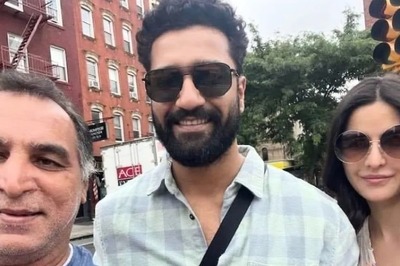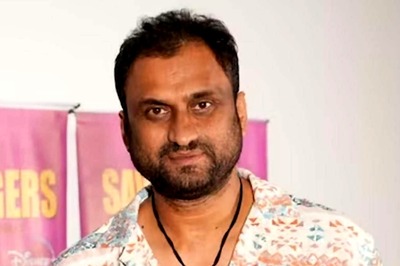
views
London: Britain may have masterminded a plot to kill Bolshevik leader Vladimir Lenin after the First World War, new documents suggest.
For a century, the story was dismissed as fiction. But 90 years on, new documents indicate that Robert Bruce Lockhart -- London's representative in Moscow -- was involved in a plot which saw Lenin shot twice by a Russian woman in 1918.
The story of this plot was taught in Soviet schools and was even illustrated in films -- although Britain always claimed this was anti-West propaganda. Lockhart also denied being a part of the plot.
But in a telegram sent in the summer of 1918, Lockhart appears to discuss the possibility of an assassination with Lord Curzon, who was then a member of the British War Cabinet, the 'Daily Mail' reported.
Revealing his support for a local opponent of the Bolsheviks called Savinkov, he discusses Britain's involvement in the plot. "Savinkov's proposals for counter-revolution. Plan is how, on Allied intervention, Bolshevik barons will be murdered and military dictatorship formed," it reads.
Underneath the message is a note signed with the initials of Lord Curzon. "Savinkoff's methods are drastic, though if successful probably effective, but we cannot say or do anything until intervention has been definitely decided upon," it reads.
Lockhart was arrested by Russia's secret police after the incident -- but maintained in his memoirs it was the work of Sidney Reilly, a notorious Russian spy working for British.
Also, a letter has now surfaced in American archives, which suggests Lockhart was much more involved with Reilly's activities than he let on.
Lockhart's son, Robin, writes: "If the question of my father's relationship with Reilly still exercises anyone's mind in the F.O. (Foreign Office), it is clear from his book Memoirs of a British Agent that once intervention in Russia had been decided on in 1918, he gave his active support to the counter-revolutionary movement with which, of course, Reilly was actively working.
"My father has himself made it clear to me that he worked much more closely with Reilly than he had publicly indicated."




















Comments
0 comment